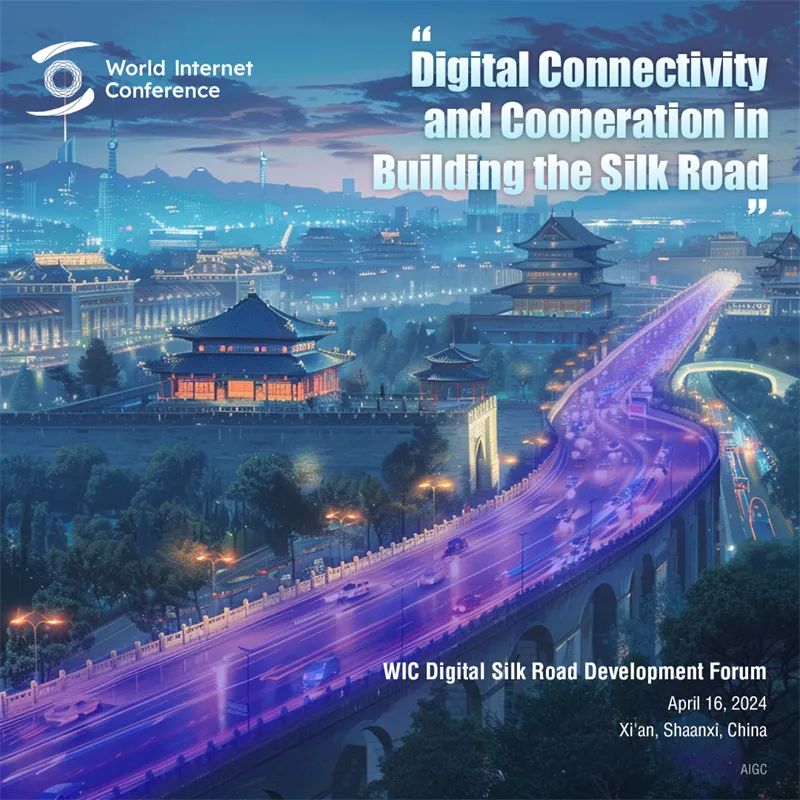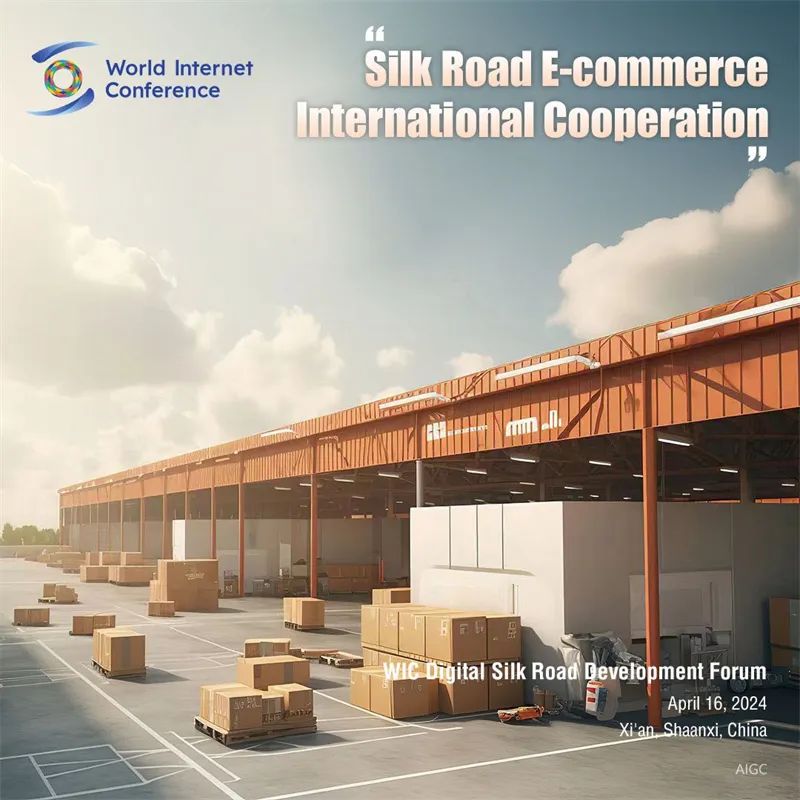source: editor:Zhang Wenni
Jointly fostering digital connectivity in building the Silk Road
The host city of the WIC Digital Silk Road Development Forum, Xi'an, saw the added value of its core digital economic industries accounting for over 9 percent of its GDP in 2023.Through this forum, the WIC will continue to build a global platform for communication and cooperation, deepening exchanges and collaboration among countries and regions involved in the BRI in digital technology, digital infrastructure, and digital markets, so as to bridge the digital divide and jointly build a community with a shared future in cyberspace.
Promoting global cooperation in Silk Road e-commerce

"Silk Road E-commerce International Cooperation" is a key agenda of the World Internet Conference (WIC) Digital Silk Road Development Forum.
Xi'an has accelerated building itself into a Silk Road e-commerce hub. At present, there are more than 320 cross-border e-commerce enterprises in the China (Shaanxi) Pilot Free Trade Zone, and the transaction volume has exceeded 10.2 billion yuan, according to Li Qungang, deputy director general of the commerce bureau of Xi'an, at a press conference on the development of the China (Shaanxi) Pilot Free Trade Zone.
Digital Silk Road contributes to sustainable, smart villages

As digital technology gradually integrates into various fields of economic and social development, the production and lifestyle as well as social governance methods of countries and regions involved in the Belt and Road Initiative are also constantly evolving. This is especially true for traditional rural areas, which are now encountering new development opportunities.Numerous countries and regions are accelerating economic, cultural, and ecological development in rural areas and effectively advancing rural governance with the help of digital technologies.In an agricultural high-tech industry demonstration zone in Yangling, Northwest China's Shaanxi province, satellite navigation technology, drones, as well as 3D modeling and printing are used to provide stronger support for the intelligent and precise management of agricultural production.